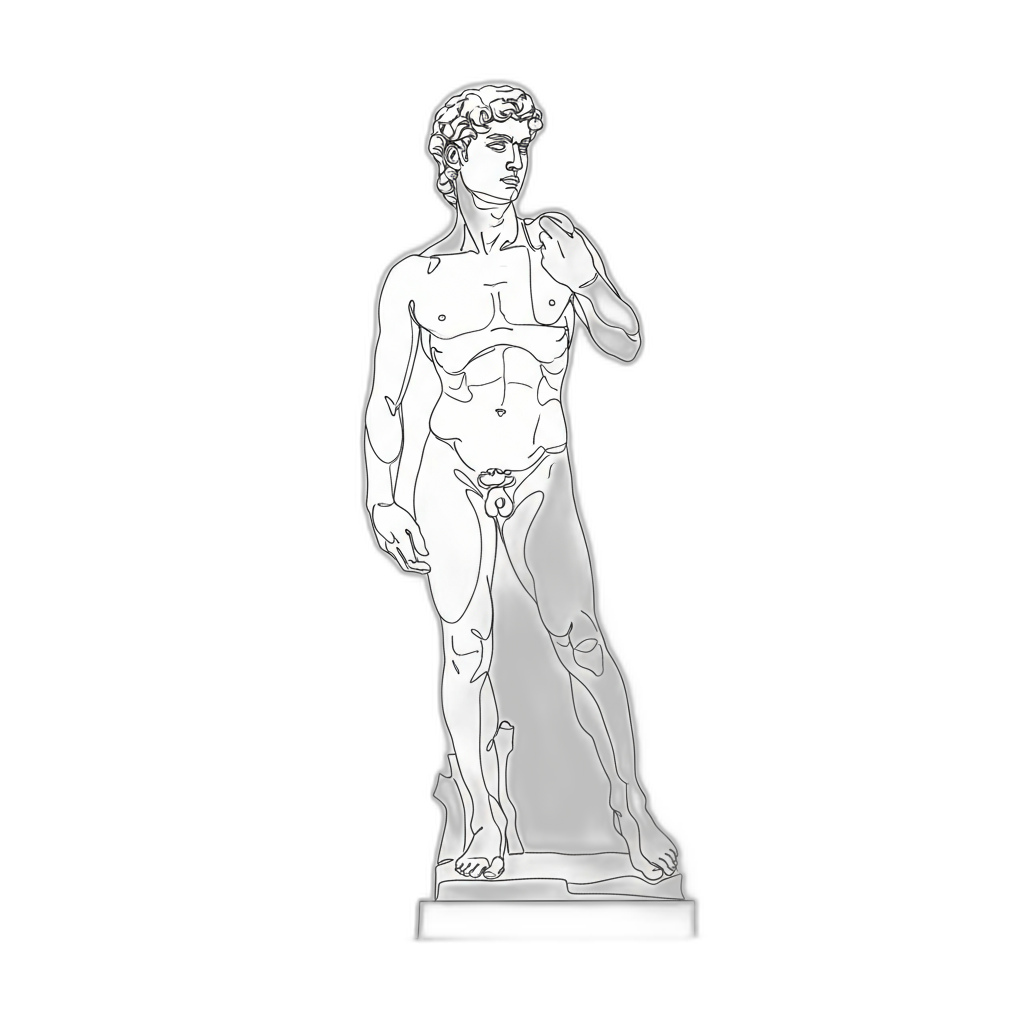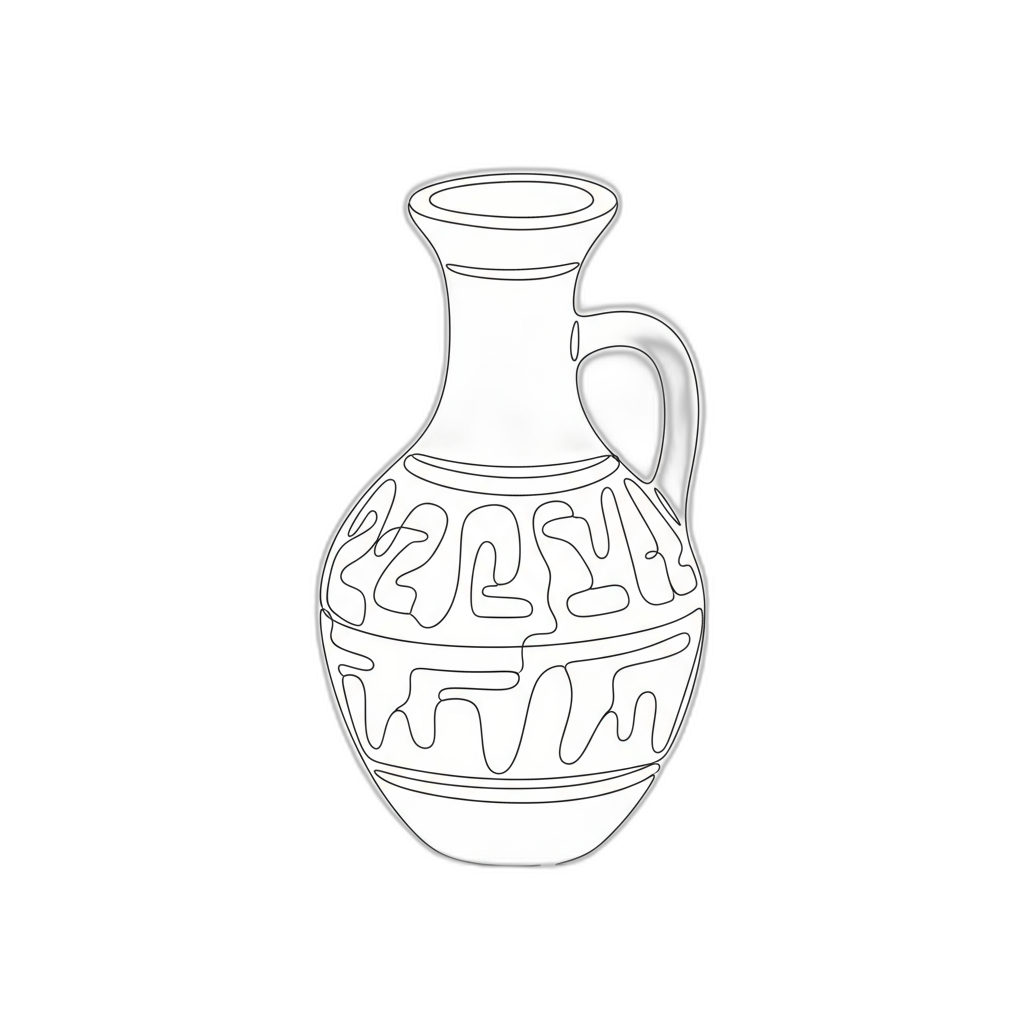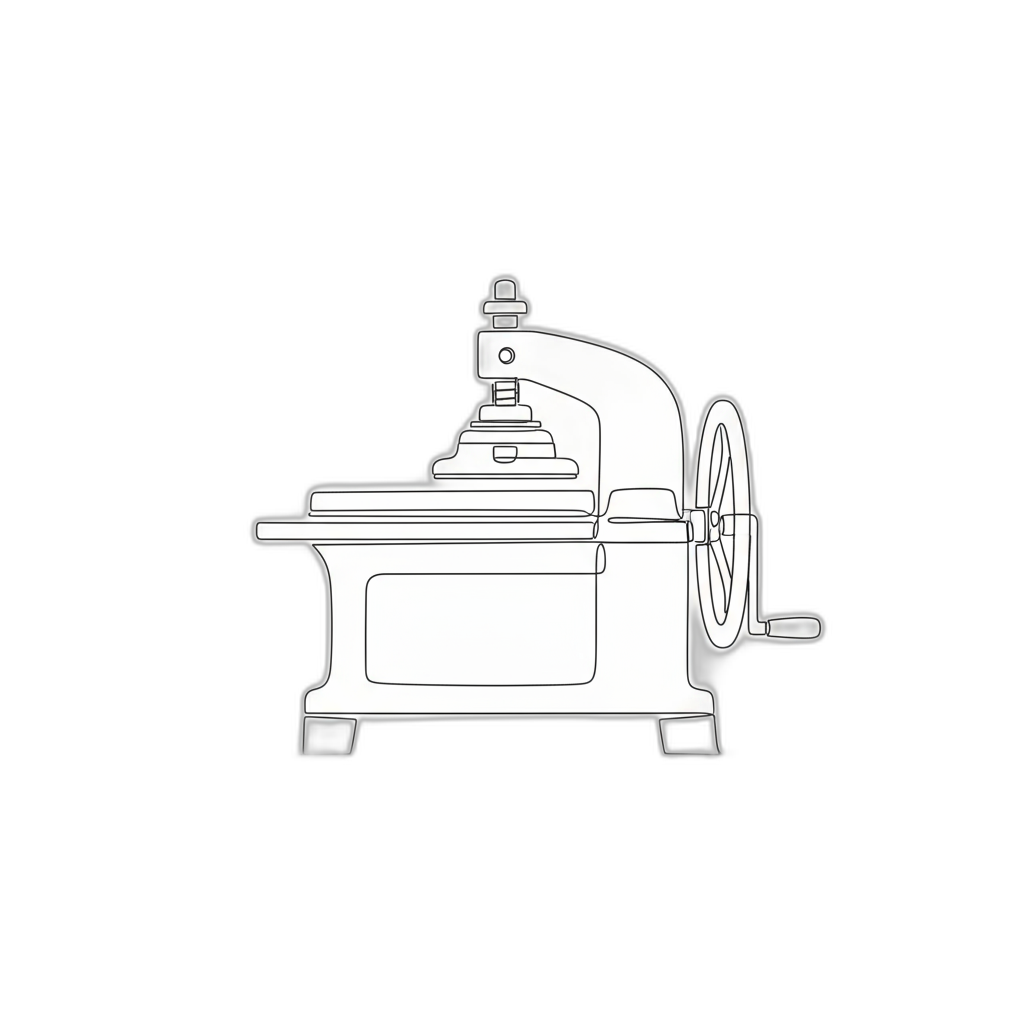






5-Star Service, Trusted & Loved by Hundreds
Your Appraiser Search Ends Here
Your Appraiser Search Ends Here
.avif)

Nationwide Coverage – Appraisals Anywhere in the US

Get it done Onsite or Online

Any Asset, Covered

Defensible for Any Purpose
Frequently Asked
Questions
No Frequently Asked Questions Found.
The claim process involves multiple intricate stages that require careful documentation and communication. Initially, the policyholder must promptly notify their insurance provider about the incident, providing comprehensive details and supporting evidence. This early communication establishes the foundation for a potential settlement.
Documentation plays a pivotal role in substantiating the claim's legitimacy. Policyholders must gather relevant materials such as photographs, receipts, official reports, and witness statements that comprehensively demonstrate the extent and circumstances of the loss. These materials serve as critical evidence during the insurance company's investigation.
Following notification, a claims adjuster will thoroughly review the submitted documentation, assess the incident's details, and determine the claim's validity based on the specific policy's terms and conditions. This professional evaluation ensures that the claim aligns with the agreed-upon coverage parameters.
The resolution phase involves the insurance company's decision to approve, deny, or negotiate the claim's compensation amount. If approved, the insurer will issue payment to the policyholder or directly to service providers, helping restore the financial position of the affected party.
Successful claims management requires precision, timeliness, and transparent communication. Policyholders who understand this process and maintain meticulous records significantly improve their chances of receiving fair compensation during challenging circumstances.
Professional appraisals deliver precise valuations that go beyond surface-level assessments. Certified appraisers meticulously evaluate property, considering nuanced factors like condition, market value, and specific characteristics that significantly impact overall worth. This detailed approach ensures policyholders receive fair and accurate compensation that truly reflects their property's value.
Documentation is another fundamental aspect of insurance claim appraisals. The formal assessment creates an authoritative record that serves as a critical reference point for both the policyholder and insurance company. This comprehensive documentation helps eliminate ambiguity, reduce potential disputes, and provide clear evidence of the property's condition and value at the time of loss.
Expert appraisers bring specialized knowledge that transcends typical property evaluation. Their professional insight allows for in-depth analysis of complex assets, whether it involves specialized items like vintage collectibles, intricate jewelry, or unique property types. This expertise becomes particularly valuable when standard assessment methods prove insufficient.
The appraisal process also expedites claim resolution by presenting a clear, professionally validated valuation. By providing a transparent and detailed assessment, policyholders can streamline negotiations and reduce potential delays or conflicts with insurance providers.
Moreover, these professional evaluations serve as a strategic tool if claim disputes arise. Should an initial claim be denied or undervalued, a comprehensive appraisal provides robust evidence to support an appeal, potentially reversing unfavorable initial determinations.
Beyond immediate claim resolution, appraisals offer broader insights into potential coverage gaps. During the evaluation process, appraisers might identify nuanced damage or underinsured aspects of a property, empowering policyholders to make more informed future insurance decisions.
Ultimately, a professional insurance claim appraisal transforms an potentially stressful situation into a methodical, transparent process. By leveraging expert assessment, policyholders gain confidence, clarity, and a strategic approach to navigating complex property loss scenarios.
An artwork appraisal represents a comprehensive professional evaluation that precisely determines the monetary and historical value of an art piece. This meticulous process involves expert assessment of multiple intricate factors that collectively influence an artwork's market worth and significance.
Professional art appraisers employ a sophisticated methodology that examines critical elements such as the artwork's provenance, authenticity, physical condition, current market dynamics, and the artist's reputation. Each of these components plays a crucial role in establishing an accurate and defensible valuation.
The evaluation goes far beyond a simple price assessment. Appraisers conduct detailed investigations that may include forensic analysis of materials, historical research into the artwork's origins, and careful examination of minute details that can substantiate or challenge the piece's perceived value. They leverage extensive knowledge of artistic styles, market trends, and collector interests to provide a nuanced understanding of an artwork's worth.
Different stakeholders rely on artwork appraisals for diverse purposes, including insurance documentation, estate planning, potential sale transactions, and tax compliance. The appraisal serves as an authoritative document that provides clarity and confidence for collectors, institutions, and potential buyers.
The complexity of art valuation requires a sophisticated approach that balances objective analysis with deep understanding of artistic and market contexts. A comprehensive appraisal not only quantifies monetary value but also captures the intrinsic cultural and historical significance of the artwork.
Online artwork appraisals have become increasingly sophisticated, offering art owners a convenient and comprehensive method to determine the value of their pieces. The process typically begins with submitting high-resolution photographs that capture essential details of the artwork. Professional appraisers carefully analyze these images, examining critical aspects such as condition, artistic technique, and distinctive characteristics.
Beyond visual documentation, appraisers collect contextual information through digital communication channels. Owners provide supplemental details about the artwork's provenance, artist background, and historical significance, which help create a more nuanced valuation. This collaborative approach allows for a thorough assessment without the constraints of physical proximity.
Live video consultations have emerged as an innovative component of online art appraisals. Using platforms like Zoom or Google Meet, appraisers can engage directly with clients, rotating artwork, examining specific details, and conducting real-time discussions. This interactive method bridges the gap between digital and in-person assessment, enabling a more dynamic and comprehensive evaluation.
The digital appraisal process offers substantial benefits, including accessibility for individuals in remote locations, flexibility for busy clients, and reduced logistical complexities. Professional appraisers maintain rigorous standards, ensuring that online evaluations are as meticulous and credible as traditional in-person assessments.
Modern technology has transformed artwork appraisals, creating a streamlined, efficient approach that meets the evolving needs of art collectors and owners. By leveraging digital tools and professional expertise, online appraisals provide accurate, comprehensive valuations with unprecedented convenience.
Artwork appraisers are specialized professionals who meticulously assess the value of diverse art forms. Their expertise spans multiple domains, each requiring unique skills and deep knowledge of artistic markets, historical context, and aesthetic evaluation.
Fine art appraisers concentrate on traditional art mediums like paintings, sculptures, and drawings. These experts possess comprehensive understanding of art movements and market dynamics, often developing profound specialization in specific periods such as Impressionism or Contemporary art.
Decorative art appraisers evaluate functional artistic items including furniture, ceramics, glassware, and textiles. Their assessments consider craftsmanship, material quality, historical significance, and provenance, making them invaluable to collectors and antique dealers seeking precise valuations.
Digital art appraisers represent an emerging professional category addressing the rapidly evolving technological art landscape. They specialize in evaluating digital creations, graphic designs, digital paintings, and emerging formats like NFTs, reflecting the dynamic nature of contemporary artistic expression.
Antique appraisers focus on artworks exceeding 100 years in age, conducting thorough examinations that extend beyond aesthetic value. They scrutinize historical importance, authenticity, and originality, distinguishing genuine historical pieces from reproductions and potential forgeries.
Specialty appraisers develop expertise in distinct artistic niches, concentrating on specific artists, regional styles, or unique media such as photography or limited edition prints. Their targeted knowledge enables nuanced, precise valuations within specialized artistic domains.
Institutional appraisers employed by museums, galleries, and cultural organizations perform critical valuation services for collections, exhibitions, and acquisitions. Operating under rigorous ethical standards, they provide essential assessments for insurance, donation, estate planning, and cultural preservation purposes.
Artworks transcend mere visual appeal, representing significant financial and emotional investments. Professional appraisals provide critical insights that extend far beyond simple price determination, serving multiple strategic purposes for art owners.
Insurance protection stands as a primary motivation for artwork appraisals. Without accurate documentation, collectors risk inadequate compensation during loss, theft, or damage scenarios. Precise valuations enable insurance companies to establish appropriate coverage, ensuring financial security for valuable pieces.
Estate planning represents another crucial context for art appraisals. When transferring assets between generations, comprehensive valuations help establish fair market values, potentially mitigating potential tax complications and familial disputes. Executors and heirs gain clarity about the financial landscape of inherited artwork collections.
Charitable donations also benefit from professional appraisals. For artwork valued over specific thresholds, formal assessments become essential for claiming tax deductions. These documentations provide nonprofits with transparent understanding of donated asset values while offering potential tax advantages to donors.
Preparing for potential sales requires nuanced market understanding. Appraisals illuminate current market trends, helping owners set competitive pricing strategies. Whether considering auction placement or private sale, comprehensive evaluations empower informed decision-making.
Investment portfolios increasingly recognize art as a valuable asset class. Professional appraisals help collectors assess artwork's financial potential, tracking appreciation and understanding long-term value trajectories. These insights support sophisticated wealth management approaches.
Authenticity verification represents an often-overlooked yet critical appraisal benefit. Reputable assessments not only determine monetary value but also confirm artwork provenance, protecting collectors from potential fraud and enhancing piece legitimacy.
Ultimately, artwork appraisals represent more than financial transactions—they are comprehensive explorations of cultural, historical, and monetary significance. By bridging emotional attachment and strategic financial planning, professional evaluations offer collectors comprehensive perspectives on their artistic investments.
Understanding Artwork Appraisals
Understanding artwork appraisals is essential for safeguarding your investment and ensuring you receive fair compensation in the event of damage or theft. An artwork appraisal is a professional evaluation that establishes the current market value of a piece based on various factors including its artist, provenance, condition, and market trends. This valuation is crucial not just for insurance purposes, but also for determining the appropriate course of action should the piece need restoration or if you decide to sell it in the future.
When pursuing an insurance claim, having a credible appraisal on hand serves as vital documentation to support your claim. Insurers often require this formal valuation to validate the worth of the artwork and to process claims efficiently. Moreover, periodic reappraisals are advisable as market values can fluctuate significantly over time, ensuring that your insurance coverage remains adequate and reflective of your artwork's current standing in the market.
The Importance of Artwork Appraisals for Insurance
Artwork appraisals play a crucial role in the insurance process, serving as a formal document that establishes the fair market value of a piece. Insurers often require these appraisals to determine appropriate coverage limits, ensuring that both the insurer and the policyholder have a clear understanding of the asset's worth. Without an accurate appraisal, owners may risk underinsuring valuable pieces or facing disputes during the claims process. This is particularly important for collectors and galleries, where the financial stakes can be significant.
Furthermore, a thorough artwork appraisal can protect against potential losses stemming from theft, damage, or market fluctuations. In the unfortunate event of a claim, having a well-documented appraisal can expedite the settlement process, providing evidence of value that supports the owner’s claim. Additionally, appraisals should be conducted periodically, as art values can change over time due to various factors such as market demand and condition. Keeping an up-to-date appraisal ensures that collectors and owners are adequately covered and informed about their investments.
Types of Artwork Covered in Appraisals
Artwork appraisals for insurance claims encompass a diverse array of pieces, each requiring tailored evaluation techniques. Common types include paintings, sculptures, and prints, but appraisals can also extend to ceramics, textiles, and decorative arts. The value of these artworks hinges on factors such as the artist's reputation, historical significance, and the condition of the piece, making knowledgeable appraisal critical for proper insurance coverage.
In addition to traditional forms of artwork, contemporary and digital art have emerged as significant categories needing appraisal. Collectors increasingly invest in pieces like installations or mixed media that challenge customary evaluation practices. Appraisers must stay informed about market trends and the evolving definitions of artistic value to effectively assess these modern forms.
Moreover, rarities and limited editions are also crucial components of artwork covered in appraisals. Items that are unique or part of a restricted release can appreciate rapidly, and their valuation may involve a different set of considerations. Understanding the nuances of each artwork type ensures that appraisers provide accurate valuations that reflect true market potential and assist clients in securing adequate insurance protection.
Key Factors Considered in Artwork Appraisals
When it comes to artwork appraisals, several key factors play a significant role in determining the value of a piece. The artist's reputation is one of the foremost considerations, as established artists often command higher prices due to their historical significance and demand. Additionally, the condition of the artwork is paramount; any signs of damage or deterioration can significantly reduce its value. Furthermore, the provenance— or documented history— of the piece can enhance its worth, as a well-documented origin adds authenticity and increases buyer confidence.
Another crucial factor in artwork appraisals is the market demand for specific styles or artists at the time of valuation. Trends in the art world fluctuate, which can impact the desirability of certain pieces. Comparable sales data is also examined, where appraisers analyze recent auction results or private sales of similar works. Lastly, the medium of the artwork, whether it be oil, acrylic, watercolor, or mixed media, can influence value, as some materials hold different levels of prestige and longevity in the art community.
The Appraisal Process Explained
The artwork appraisal process is a critical step for anyone looking to insure valuable art pieces. This process typically begins with a comprehensive evaluation by a qualified appraiser who examines the artwork's authenticity, condition, historical significance, and market demand. The appraiser utilizes various methods, including comparative market analysis and examination of the artist's provenance, to establish a fair market value. By understanding these factors, clients can ensure their artwork is appropriately valued for insurance purposes, protecting their investment in case of loss or damage.
Once the evaluation is complete, the appraiser prepares a detailed appraisal report, which serves as an official document for insurance claims. This report includes information about the artwork, such as high-resolution images, dimensions, and a clear description, along with the appraiser’s credentials. An accurate appraisal is not only vital for securing insurance coverage but can also facilitate future sales or estate planning. Engaging a certified appraiser with expertise in the art market is essential, as their insights will provide both peace of mind and financial security.
Choosing the Right Appraiser for Artwork
When it comes to choosing the right appraiser for artwork, it is essential to consider their qualifications, experience, and specific area of expertise. Look for appraisers who are accredited by recognized organizations, such as the American Society of Appraisers or the International Society of Appraisers, as these credentials typically indicate a high level of professionalism and skill. Additionally, an appraiser with experience in the specific type of artwork you have—be it contemporary, vintage, or a specific medium—will be better equipped to provide a comprehensive evaluation that reflects the true value of your piece.
In addition to credentials, reviews and testimonials can provide insight into an appraiser's reliability and client satisfaction. Engage with potential appraisers to discuss their approach to valuations and how they handle insurance appraisals. A good appraiser will not only possess market knowledge but will also be able to clearly articulate the factors influencing value and offer guidance on maintaining your collection's worth over time. Ultimately, choosing the right appraiser will ensure that your artwork is accurately valued, thereby maximizing your insurance coverage and protecting your investment.
Common Mistakes to Avoid in Artwork Valuation
When valuing artwork, one of the most common mistakes is neglecting to consider the provenance, or the history of ownership, associated with the piece. Provenance can greatly influence an artwork's value, particularly if it has been owned by notable collectors or featured in prominent exhibitions. Additionally, appraisers must pay close attention to the condition of the artwork, as any damage or restoration work can significantly affect its market value. Failure to accurately assess these crucial factors can lead to misleading valuations that do not align with the true worth of the piece.
Another frequent error in artwork valuation is relying solely on comparative sales without considering the specific context of the current market. Art prices can fluctuate based on trends, economic conditions, and buyer sentiment, making it essential for appraisers to conduct thorough market research. Moreover, undervaluation due to insufficient understanding of the artist's reputation or similar works can pose significant risks for insurance claims. Appraising artwork requires a delicate balance of knowledge, research, and experience to arrive at a fair and accurate value that reflects its unique attributes.
Documentation Required for an Artwork Appraisal
When preparing for an artwork appraisal, it's essential to gather comprehensive documentation that can substantiate both the authenticity and value of your piece. Start by collecting any original purchase receipts, which serve as critical proof of ownership and initial investment. Also, any exhibition history or provenance records enhance the context of the artwork, providing appraisers with insight into its significance and past sales. Having this information readily available can streamline the appraisal process and ensure a more accurate assessment.
In addition to purchase receipts and provenance documents, appraisers often seek photographs of the artwork, particularly those showing any inscriptions or signatures by the artist. Clear, high-resolution images can help establish authenticity and condition, both of which are vital factors influencing the appraisal value. If the piece has undergone restoration, documentation detailing the materials and techniques used can further assist the appraiser in evaluating its current state.
Lastly, it's advisable to gather any previous appraisals or insurance documents associated with the piece. This history of valuation provides appraisers with comparative data, allowing for a clearer understanding of how market conditions may have changed since the last appraisal. By assembling a comprehensive portfolio of information, you facilitate a thorough and credible appraisal process, which is particularly valuable when filing insurance claims or considering the sale of the artwork.
How to Prepare for an Artwork Appraisal
Preparing for an artwork appraisal involves several important steps to ensure that you receive an accurate and fair valuation. Start by gathering all relevant documentation related to the artwork, including purchase receipts, previous appraisals, and any provenance information that traces its history. This documentation not only provides context but also helps appraisers verify authenticity and establish a reliable value basis. Alongside this paperwork, ensure the artwork is in good condition, as any damage may affect its appraised value and may need to be addressed before the appraisal process begins.
Additionally, it’s beneficial to consider the intended purpose of the appraisal. If it’s for insurance claims, provide information about the coverage requirements and any specific needs your insurance provider has regarding the valuation process. This will help the appraiser tailor their assessment to ensure compliance with your insurer's guidelines. Lastly, be prepared to communicate your expectations and any concerns with the appraiser to foster an open dialogue, enhancing the overall appraisal experience.
The Role of Market Trends in Artwork Valuation
Market trends play a crucial role in the valuation of artwork, influencing both current prices and potential future value. The art market is dynamic, with tastes and demand shifting due to various factors, including cultural movements, economic conditions, and the popularity of artists. Understanding these trends enables appraisers to provide a more accurate and relevant valuation, reflecting the true market value of a piece at a specific point in time.
Moreover, the emergence of online platforms and global auction houses has made the art market more accessible, allowing for real-time tracking of pricing trends. This transparency helps appraisers analyze sales data and discern patterns that can affect an artwork's worth. As collectors and investors become more discerning, being attuned to market fluctuations becomes paramount in ensuring that valuations remain thorough and up-to-date.
What to Do After Receiving an Appraisal
After receiving an artwork appraisal, the first step is to carefully review the detailed report provided by the appraiser. This document not only includes the estimated value of the artwork but also important information such as the provenance, condition, and relevant market trends that could impact its value. Understanding these components can aid in better decision-making regarding insurance coverage, potential sales, or future investments in art.
Next, it’s crucial to take action based on the appraisal findings, especially concerning insurance claims. If the appraisal indicates that the artwork has increased significantly in value, updating your insurance policy to mirror the current market value can provide greater protection in the event of loss or damage. Additionally, keeping a copy of the appraisal, along with photographs and any relevant documentation, organized and accessible can expedite the claims process, should you ever need it.
Finally, consider re-evaluating the appraisal periodically, particularly if there are fluctuations in the art market or if the artwork undergoes restoration or changes in condition. An updated appraisal ensures that your insurance policy remains relevant and that you are adequately covered against potential future losses. Engaging with art professionals regularly can help keep you informed about the evolving landscape of art valuation and potential risks associated with your collection.
Frequently Asked Questions About Artwork Appraisals for Insurance Claims
Artwork appraisals for insurance claims are a crucial step in protecting valuable investments. An appraisal not only establishes the fair market value of a piece but also provides supporting documentation for claims in case of loss, theft, or damage. This formal valuation helps to ensure that policyholders receive the appropriate compensation while also helping insurance companies mitigate potential losses by establishing a clear anchor for claims processing.
When seeking an artwork appraisal, it is essential to engage a qualified and experienced appraiser who understands the nuances of art valuation. Professionals typically consider factors such as the artist's reputation, the artwork's condition, provenance, and any previous sales history. Additionally, an accurate appraisal must comply with industry standards, ensuring it meets the requirements set forth by insurance companies and other institutions, which can significantly impact the claims process.
View all Locations
BEST-IN-CLASS APPRAISERS, CREDENTIALED BY:
























.svg)









